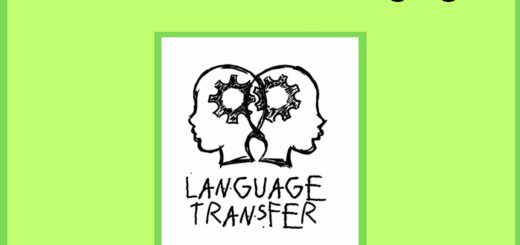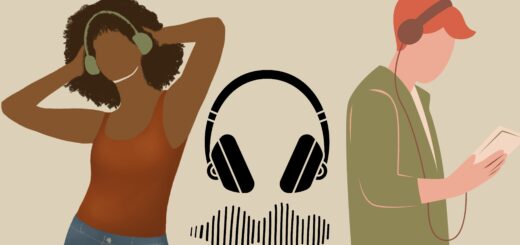Busuu vs Babbel: Which One is Better in 2024?
Language learning is a journey full of confusion. How to learn a new language? Where to learn from? Which platform to choose? Everything is so confusing. When I was learning German, two platforms that added to my confusion were Busuu and Babbel. Despite being different from each other, both were great choices for it. It can be quite confusing for you too. I have used both. Thus, let me give a detailed comparison between Busuu vs. Babbel.
Read this before choosing the right platform.
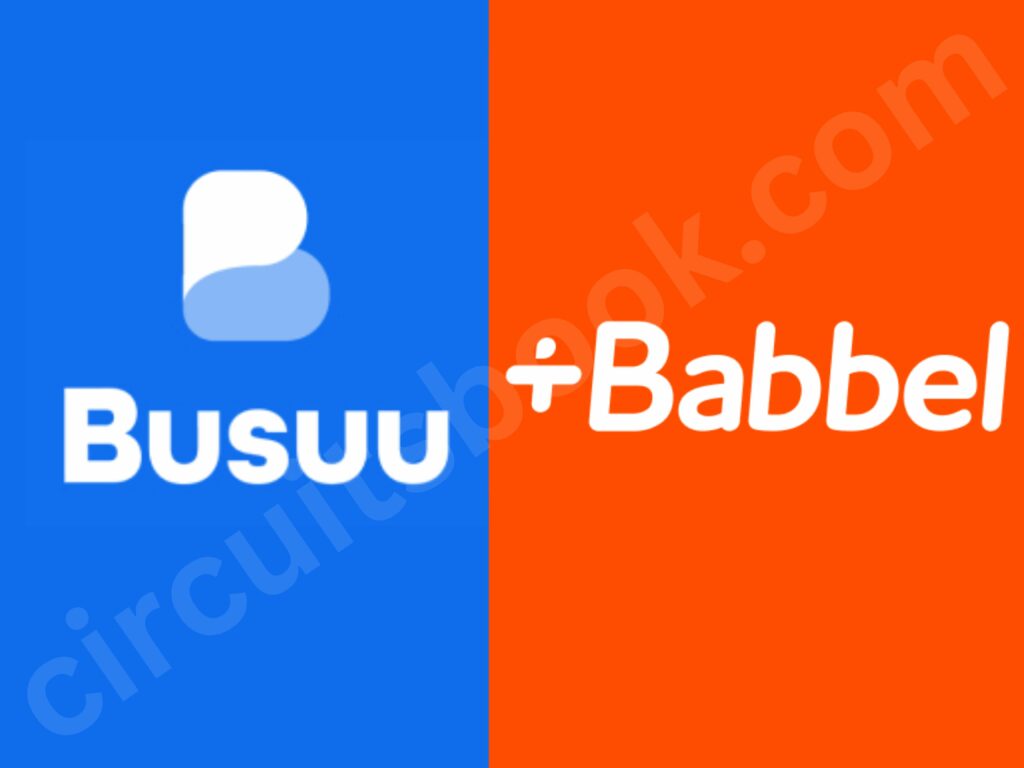
What is Babbel?
Babbel is the oldest running platform where the school curriculum is taught in the native language. However, the level of each course is different. Courses like French are created at the B2 level, whereas Indonesian only has a beginner level. There are multiple learning parts for each language. When I was practicing Spanish, I noticed that my course was different from that of business learners.
What is Busuu?
Busuu on the other hand is a fun app. There are a lot of Gamified exercises to teach you a new language. This platform encourages us to learn less popular languages. All the lessons are based on conversational scenarios. The lessons teach vocabulary, pronunciation, and grammar in a very interactive manner.
Busuu vs Babbel: What are the main differences?
Although they are language teaching platforms, the way they are designed, are different from each other. Here are some important differences between both of them-
1. Number of Languages
There is not much difference in several languages on both platforms. Babbel teaches us 14 languages and Busuu 12. However, the languages they taught may be different. Here is the table to learn the common languages on both platforms-

| French | Italian | Portuguese |
| English | Russian | Spanish |
| German | Polish | Turkish |
Though, they are the common languages, here is the list of the languages offered solely on both platforms-
| Busuu | Babble |
| Japanese | Norwegian |
| Chinese | Dutch |
| Arabic | Indonesian |
| Swedish | |
| Danish |
2. Pricing
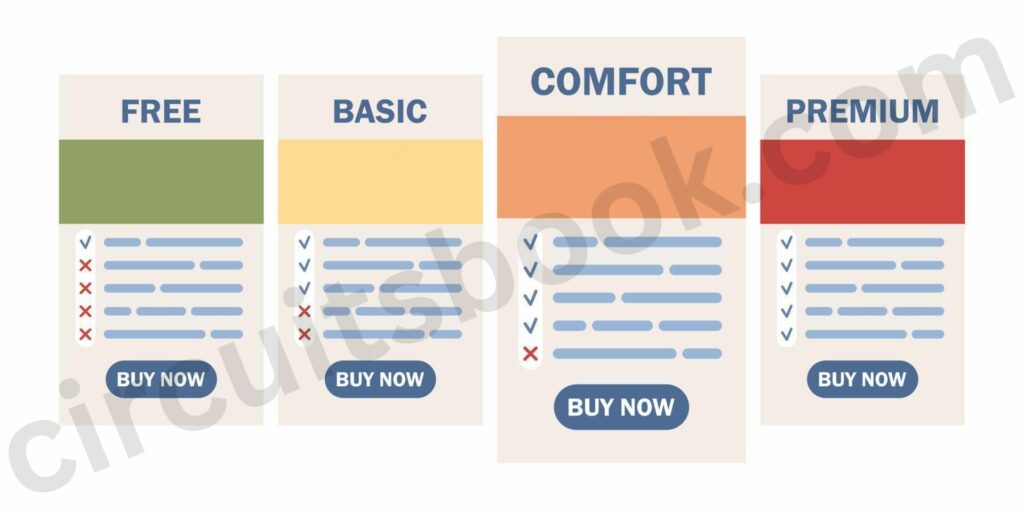
Busuu offers two types of subscription plans –
- Premium
- Premium Plus
The premium plan is for those who want to access a limited number of courses and download PDFs of vocabulary. On the other hand, the premium Plus plan will unlock all the courses and also give a study plan. The study plan helps to know how long it takes to reach the goal depending upon the rate of study. I myself have used the Premium plan. It works quite well for me. The cost to pay, further, depends upon how long you are taking off the plan. Below, I have mentioned the table representing the cost of the plan-
| Duration | Premium | Premium Plus |
| Monthly | $9.99 per month | $13.99 per month |
| Three months | $8.33 per month | $19.66 per month |
| Six months | $5.82 per month | $6.66 per month |
| Annually | $5.41 per month | $5.47 per month |
Note: There is a free version too.
The pricing of Babble is simple. There are no different plans for it. It depends upon the duration only. I have mentioned the pricing of the plans in the following table-
| Duration | Pricing |
| Monthly | $12.95 per month |
| Three months | $8.95 per month |
| Six months | $7.95 per month |
| Annually | $6.95 per month |
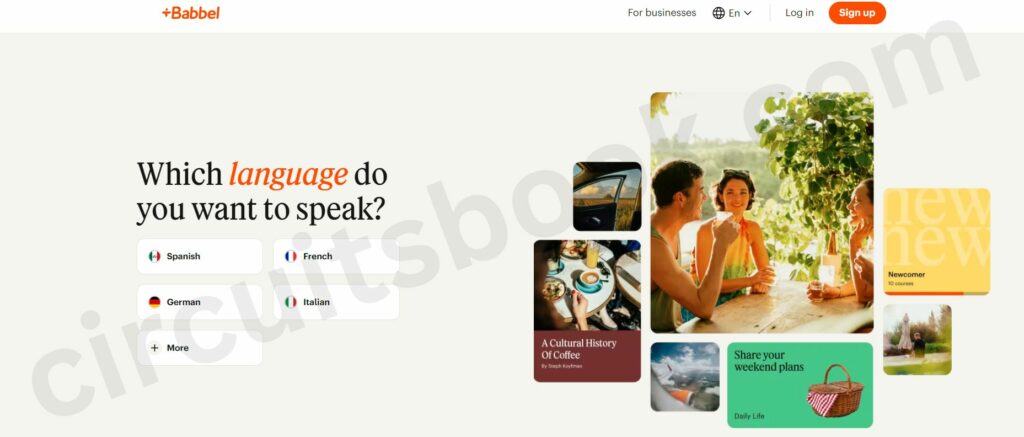
Note: There is no free version. Instead, there is a 20-day money-back guarantee.
3. Duration of lessons
The duration of the lessons is also almost similar. Busuu has much shorter lessons that is 5-10 minutes. Whereas, Babbel has a normal duration of 10-15 minutes. The reason why the lessons are too short is it helps to get more focus.
4. Live classes
Live classes are the one, where we connect with a tutor on the video conferencing platform. This service is available on Babbel but not on Busuu. The teachers at Babbel are very friendly and helpful.
Quick Comparison
Here is a quick comparison between both platforms-
| Features | Babbel | Busuu |
| Number of languages | 14 | 12 |
| Live classes | Yes | No |
| Grammar | Moderate | Moderate |
| Pricing | Starting from $9.99 per month | Starting from $12.95 |
How is the language taught with Babbel?

A Babbel lesson starts similar to Duolingo’s, i.e., through a placement test. Babbel analyzes the current knowledge of the language including the grammar and vocabulary. Depending upon the analysis, I was placed on the level that suits me. There are multiple levels in a lesson. Each level is further divided into different sections. These sections are further divided into smaller lessons.
Each lesson has listen and repeat exercises with feedback on the pronunciation. It is done through speech recognition technology. In most exercises, I noticed that there were pictures with their meanings. The only thing, I must do was to write the correct translation in it. However, there were some exercises where I had to listen to the conversation and fill in the gaps.
Let me discuss one of the most important aspects of a language, i.e., grammar. The grammar section is not the most interesting feature, but it definitely provides a lot of value to me. Additionally, there was also a review feature, which was carried out through four activities-
- Flashcards
- Listening
- Speaking
- Writing
One thing that I have learned from my journey is that language can not be learned without the help of flash cards. All the apps, that I have used so far, introduced Flashcards in one or another manner. It’s because flashcards help to memorize the meanings faster. In the Babbel flashcards, there are words that you have already gone through. The reason they are so awesome is the ability to self-assess with them.
How languages are taught with Busuu?
The starting of this platform is also similar to Babbel. There is again a placement test that placed me at the level which is appropriate to my learning. The lessons follow logical progressions. They are divided into different levels starting from basic to advanced. In the very first lesson, there was a word with translation, picture, and audio recording. The quality of the audio is awesome. Despite having good quality content, there was a major obstacle with it.
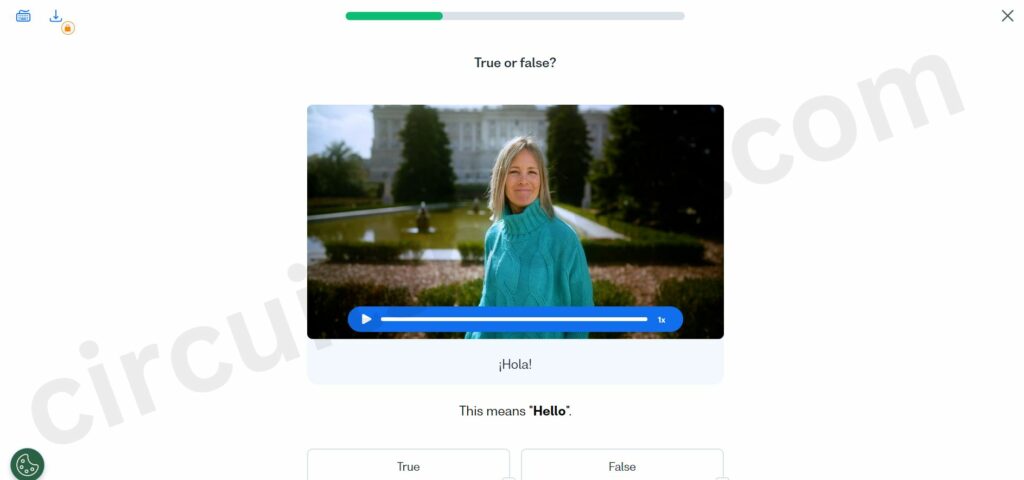
In the very first lesson, there were too many words to learn. It was quite hard. The next popular exercise on this platform is the match pairing exercise. In these exercises, words match with the meaning of it. It helps to get familiar with new more advanced material. Other exercises that are available on the platform are-
- Fill in the blanks
- Unscramble words
- Puzzles sentences
It has a major variety of lessons to go through. The best one according to me was conversation practice. The options on Busuu were more complex and realistic. The conversations are played properly without stopping at any point in time. The best part of it was the social aspect. There was also the feedback to get the right pronunciation.
Of course, it is not a program where you can find a person to practice with. The only way to have the right pronunciation is by getting feedback. Most of the courses have similar standards but the Chinese course was of lower quality. The reason behind this was the unavailability of the writing exercise for Chinese characters. Also, there was no explanation about the pronunciation of Pinyin times.
What are the benefits and drawbacks of Babbel?
The table below shows the benefits and drawbacks of Babbel-
| Pros | Cons |
| The website is well-designed and easy to navigate. | The lessons on the platform will become boring sometimes. |
| Content on this platform was relevant and was based on real-life situations. | The recognition tool works effectively in the pronunciation exercises. |
| All the lessons are engaging and shorter. | The grammatical explanations are too low in the review exercises. |
| There are live classes. | No free trial |
| Short and engaging lessons |
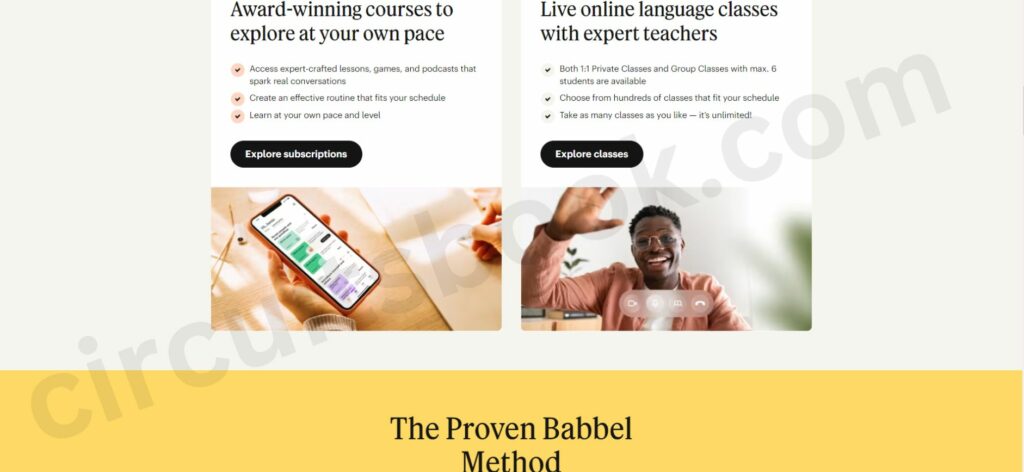
What are the benefits and drawbacks of Busuu?
The table below shows the benefits and drawbacks of Busuu-
| Pros | Cons |
| The social features allow us to get feedback on pronunciation from real users. | Some exercises lack translations. |
| Lesson plans on conversation are very useful. | Grammar is included in engaging manner |
| Chinese courses are much lower in quality. | There are more grammatical explanations needed. |
| Grammar is included in an engaging manner |
The social features allow us to get feedback on pronunciation from real users.
Busuu vs Babbel: Which one is better?
Honestly, both platforms do their jobs commendably. I think it depends on your learning style. According to my personal choice, I wanted to learn through live classes. Thus, I kept Babbel above Busuu. However, if you want to focus on Pronunciation only, I think Busuu must be your preference. It is because they give us feedback on the pronunciation.
Conclusion
Both platforms are great for learning languages. The duration of the lessons on both platforms is also similar, around 10-15 minutes. If you prefer learning directly from a tutor, choose Babbel. Although it’s more course-based, Babbel also offers live classes. On the other hand, Busuu focuses mainly on providing feedback on pronunciation. Therefore, if your main goal is to correct pronunciation, choose Busuu. In short, it’s a win-win situation for you.
FAQs
Which one is better, Busuu or Babbel?
Both platforms are good at their jobs. Despite being a platform that offers courses, both have something special to offer. Busuu helps improve pronunciation, whereas Babbel provides live classes.
What is the cost of Babbel vs Busuu?
The cost of Babbel and Busuu is $9.99 and $12.95 per month.
